Tails are more than just an anatomical feature, they’re a way of life for many animals. From the majestic lion sporting its mane, to the graceful deer with its large tail, tails give animals personality and distinction. But these animals don’t need tails to be incredible! This list will explore 20 of the most amazing creatures who have done away with the tail completely. Animals of all shapes and sizes make this must-see list: from mammals to reptiles, amphibians to birds, there’s something for everyone! So sit back and marvel at these unique creatures—all without tails!
Many animals are without tails, including some mammals, reptiles, and birds. Most of these animals have lost their tails through evolution, while others were born without them. Here is a list of some interesting animals without tails:
Post Contents
- Humans [Homo Sapiens]
- Gorillas (Apes)
- Notail sheep
- Hyrax Without Tails
- Guinea pig
- Amphibians (Frogs)
- Capybara
- Manx Cat
- Tiliqua Rugosa
- Amblypygi
- Barbary Macaques
- Australian Stumpy Tail Cattle Dog
- Fruit Bat (Flying Fox)
- Kiwi Birds
- Some More Animal Species Having No Tails
- Starfish
- Jellyfish
- Sea Urchins
- Corals
- Spiders
- Octopus
- Barnacles
- How Do Animals Use Their Tails?
- Facts About Tails and Their Importance
- Conclusion
Humans [Homo Sapiens]

While we are not the only mammal without a tail, we are the only primate without one. Our ancestors had tails, but they were lost through evolution.
Humans are able to balance and walk upright on two legs thanks to our well-developed sense of balance. Other mammals, such as cats, dogs, and horses, also have a sense of balance but lack the ability to stand fully upright.
The lack of a tail can be beneficial for humans in some situations. For example, it makes it easier for us to fit into tight spaces or navigate around obstacles.
It also helps us stay warm in cold climates since tails are often used for insulation in other animals. Additionally, the absence of a tail gives us greater range of motion in our hips and spine, allowing us to perform complex physical activities more easily.
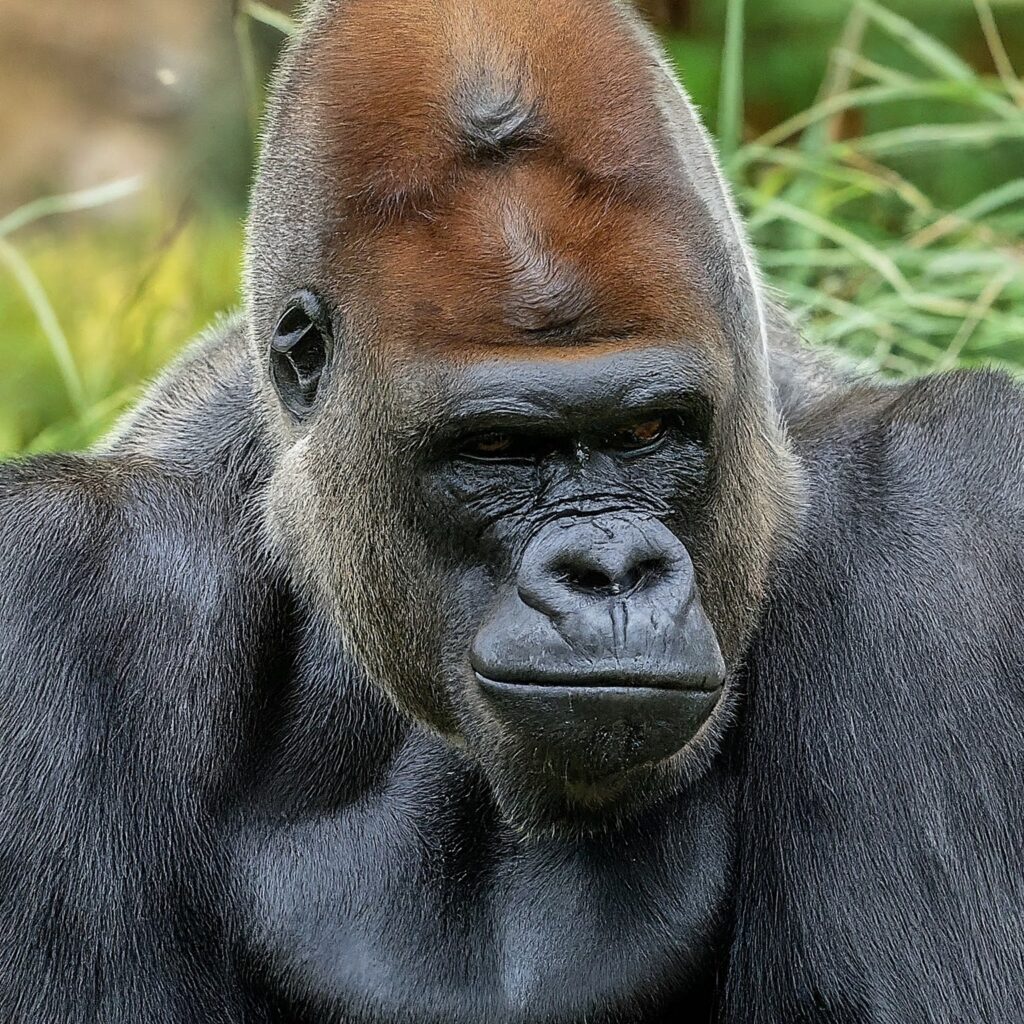
Gorillas (Apes)
Gorillas are the largest of all primates, and the most powerful apes in the world. They inhabit tropical forests mainly in Africa, although a small population of western lowland gorillas is found in south-western Central African Republic.
Gorillas live in groups called troops which can range from 5 to 30 individuals. They spend most of their time foraging and resting while they communicate with each other through body language, vocalisations, and scents. Gorillas are herbivores who feed on leaves, stems, roots and some fruit.
Gorillas and apes have no tails , unlike their monkey cousins, and are highly intelligent animals. They use tools and have been known to make primitive gestures of communication to other apes and humans. Gorillas are endangered due to poaching, habitat destruction, diseases, and illegal hunting. Conservation efforts are in place to help protect these remarkable animals.
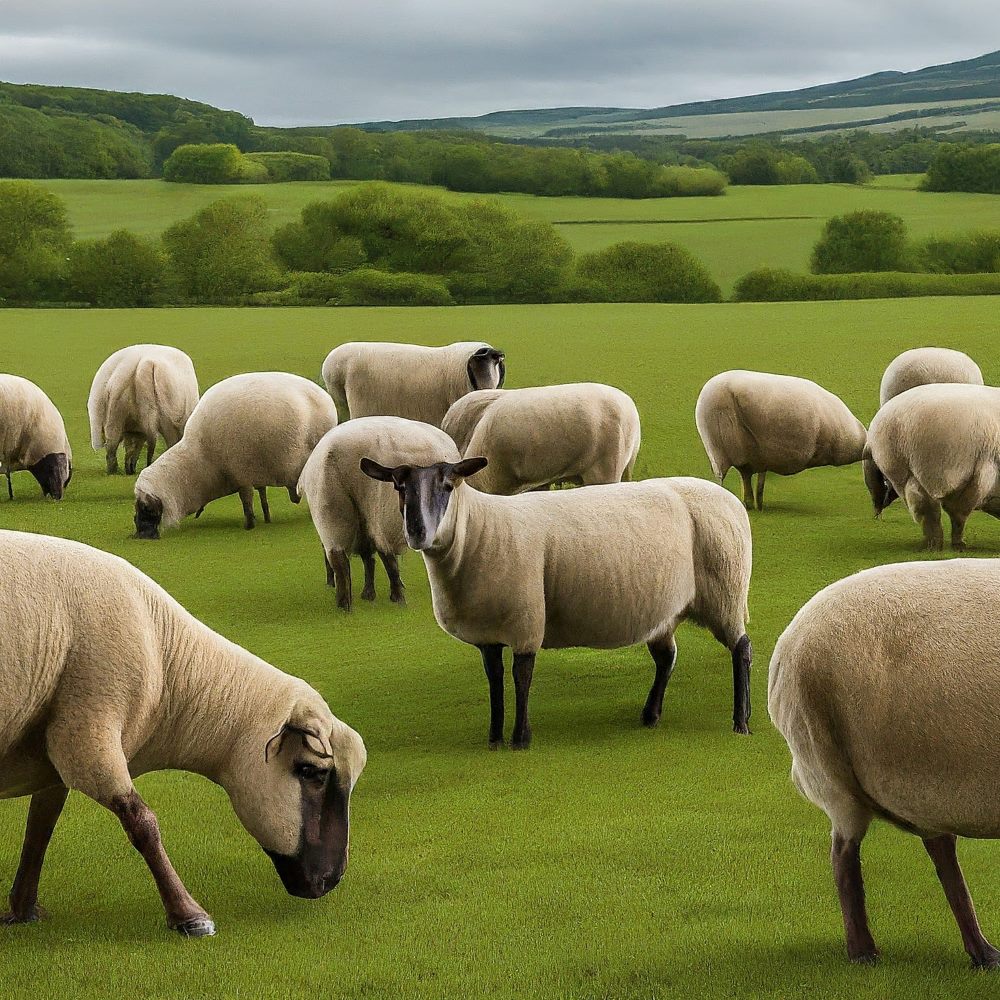
Notail sheep
Notail sheep are a type of sheep that does not have a tail. These animals are found in various parts of the world, including the United Kingdom, Australia, and New Zealand.
Notail sheep are typically smaller than their tailless counterparts and have shorter legs. Their coat is also usually lighter in color.
These sheep are bred for their meat, which is lean and tender. They are also known for their excellent wool quality.
Notail sheep are docile and easy to handle and manage, making them an ideal choice for small-scale farming operations. They have a low maintenance cost, making them a popular choice among farmers.
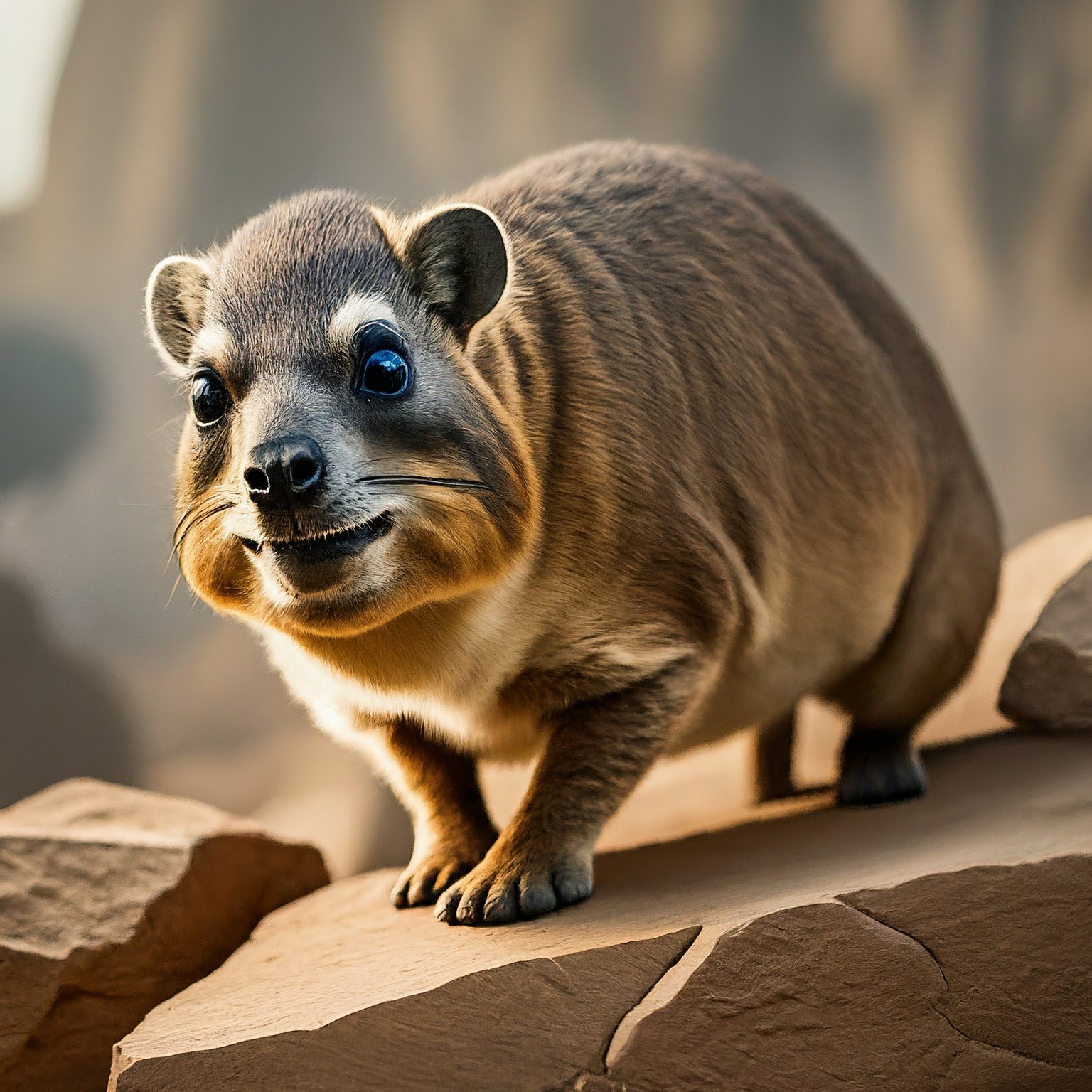
Hyrax Without Tails
Hyrax is a small, mammal-like creature found in Africa, the Middle East, and parts of Asia. It is about the size of a rabbit and has short legs, small ears, and a coat of dense fur.
It does not have a tail like many other mammals, but it does have sharp claws on its feet which help it climb trees and rocks. Its diet consists mainly of fruits and insects.
Despite the lack of a tail, hyraxes remain agile and can move quickly over short distances. They are also excellent swimmers and climbers which helps them to escape predators.
Hyraxes are social creatures and form small herds. They communicate through a variety of vocalizations including growls, chirps, and whistles.
Hyraxes are closely related to elephants and manatees, and like them, they have a very efficient digestive system that can extract nutrients from even the most fibrous vegetation.
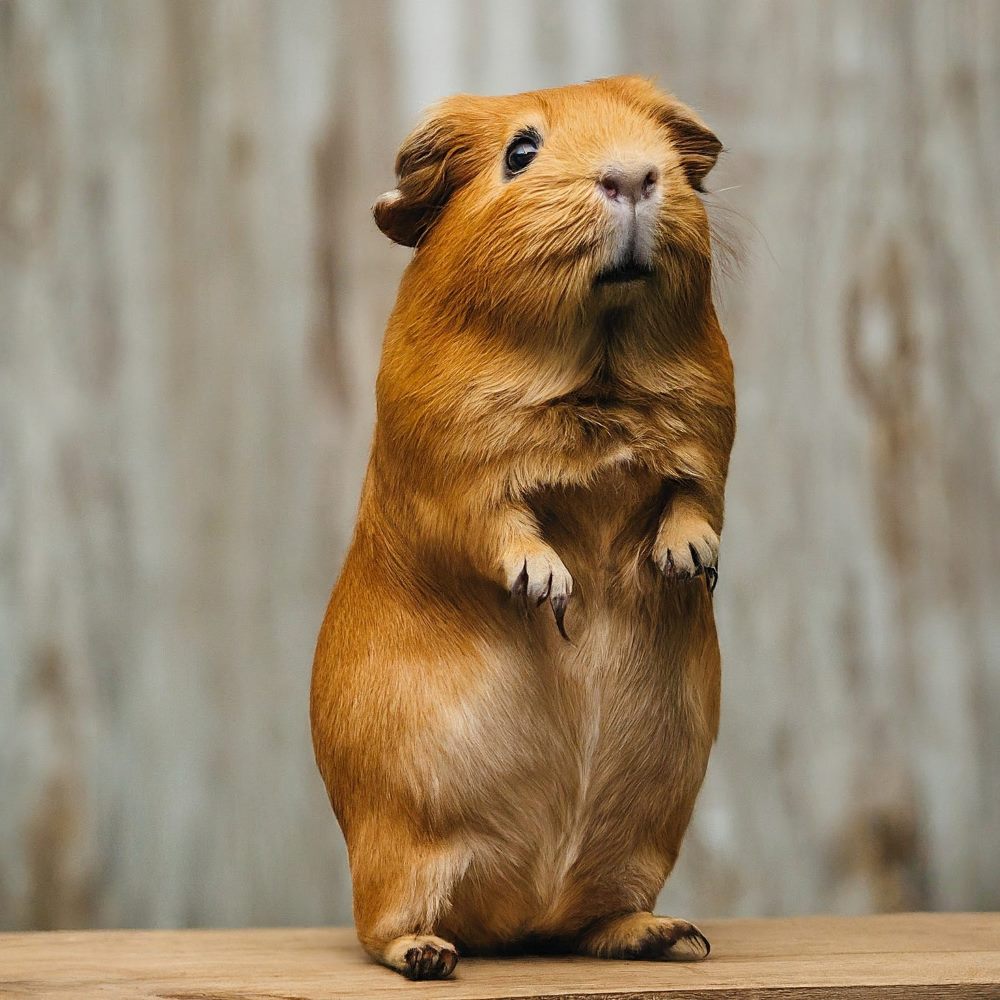
Guinea pig
There are many animals without tails, but the Guinea pig is one of the most notable. These little rodents are native to South America and are often kept as pets.
They’re also used in research laboratories. Guinea pigs have a short, stocky body and round head. Their fur is typically short and coarse, and can be any color or combination of colors.
They have no tails, and instead of long fur, they have shorter hairs on their backs called “spines.” Guinea pigs are social animals and can get along well with other guinea pigs as well as humans. They need plenty of space to roam around in and love to play with toys.
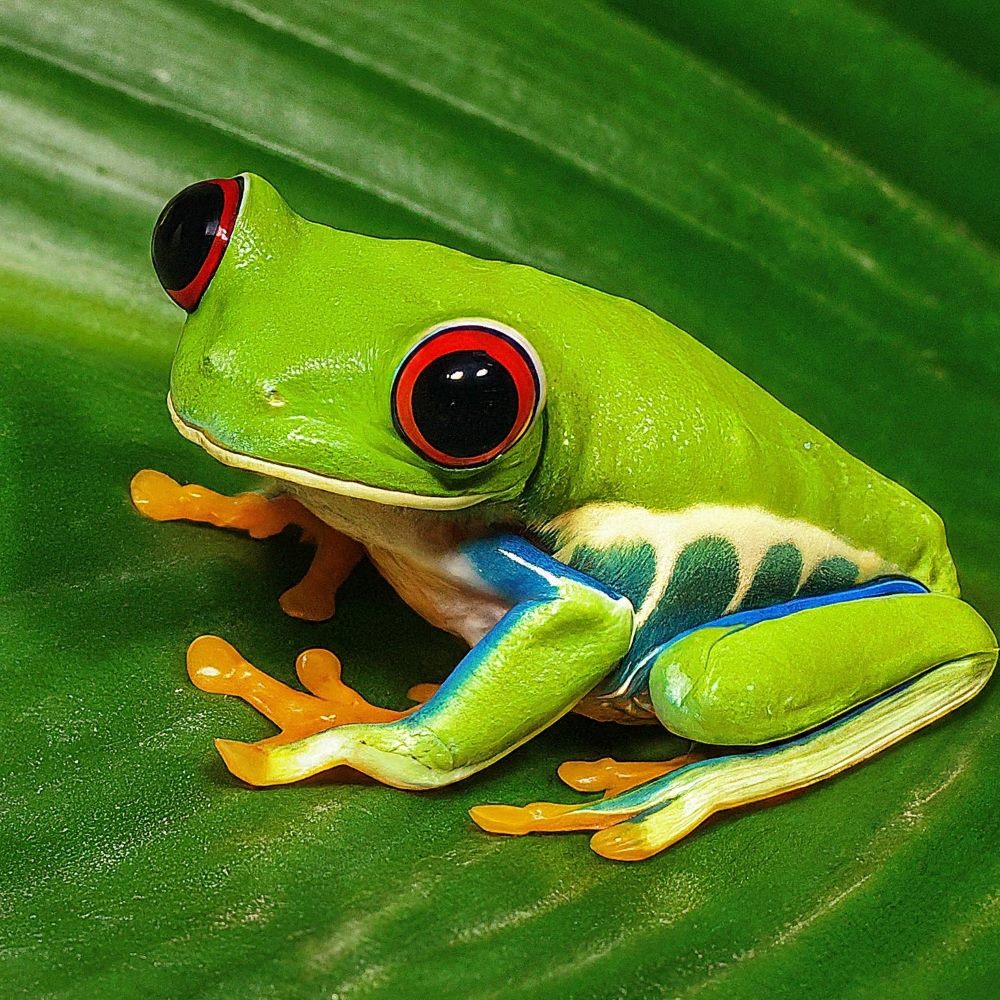
Amphibians (Frogs)
Frogs are one of the many animals without tails. They have been around for millions of years and can be found on every continent except Antarctica. Frogs are an important part of the ecosystem as they help to control the insect population.
Frogs come in a variety of sizes and colors. Some frogs can even change color to blend in with their surroundings.
The largest frog in the world is the goliath frog which can grow to be over 12 inches long! The smallest frog is the gold frog which only grows to be about ½ an inch long.
There are over 6,000 species of frogs! That’s a lot of different kinds of frogs! Some frogs can even jump 20 times their body length. That’s like a human being able to jump 10 stories high!
Frogs are amphibians which means they can live both on land and in water. Most frogs lay their eggs in water where the tadpoles will hatch and grow into adult frogs. Some species of frogs however, give birth to fully formed baby frogs.
If you’re ever lucky enough to see a frog, take some time to appreciate these amazing creatures!
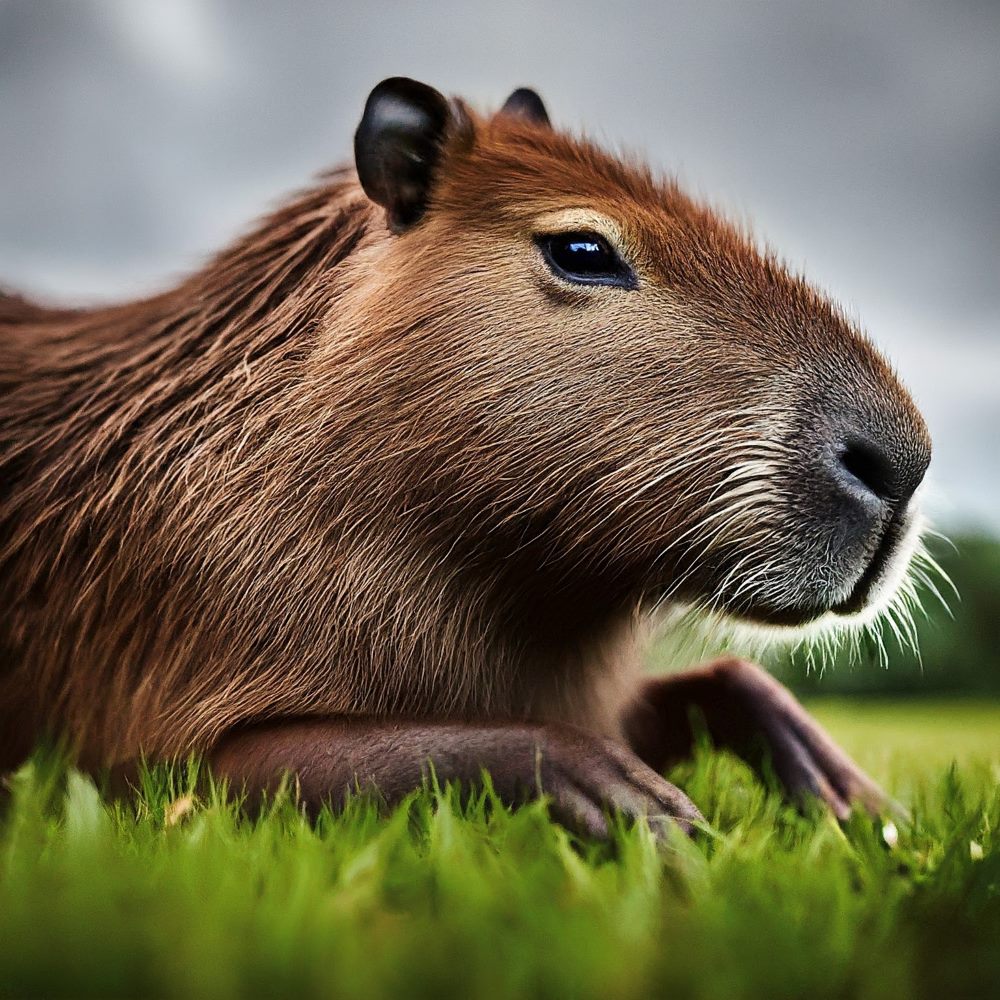
Capybara
Capybaras are a species of large rodent native to South America. They are the largest rodents in the world and typically have long, shaggy fur and a large head with short ears.
While they usually have a short, stubby tail, some Capybaras do not have tails at all. These animals may be born without tails due to a genetic mutation or can lose their tails due to injury or predation.
Capybaras are found throughout most of South America, from Venezuela to northern Argentina. They live in both grasslands and forests near bodies of water, where they can be seen grazing on grasses and aquatic plants.
These animals are very social and live in large herds, with up to 100 members. They also enjoy the company of other species, such as birds and tortoises.
Capybaras are generally herbivores, although they will occasionally eat small amounts of meat when given the opportunity. Their diet consists mostly of grasses and aquatic plants, but they have also been observed eating fruits and vegetables.

Manx Cat
The Manx cat is a tailless breed of domestic cat (Felis catus) originating on the Isle of Man, with a naturally occurring mutation that results in a shortened tail.
The original stock of Manx cats was largely wiped out by a series of mouse plagues and harsh winters in the late 19th century, but the breed was revived through careful breeding programs in the early 20th century.
Today, Manx cats are found all over the world and come in a variety of colors and coat patterns.
Manx cats are best known for their lack of tails, but they also have some other distinct physical characteristics. They tend to be larger than average cats, with broad chests and round backs. They have short legs and big feet, which gives them a “sturdy” look.
Their heads are round with prominent cheekbones, and they have large, almond-shaped eyes. Manx cats come in a variety of colors and coat patterns, including tabby, tortoiseshell, calico, and solid black or white.
The taillessness mutation is thought to be caused by a spontaneous genetic change that occurred on the Isle of Man sometime in the 18th or 19th century. The exact origins of the Manx cat are unknown, but it is thought that they were brought to the island by British sailors who stop there on their way to or from Ireland.
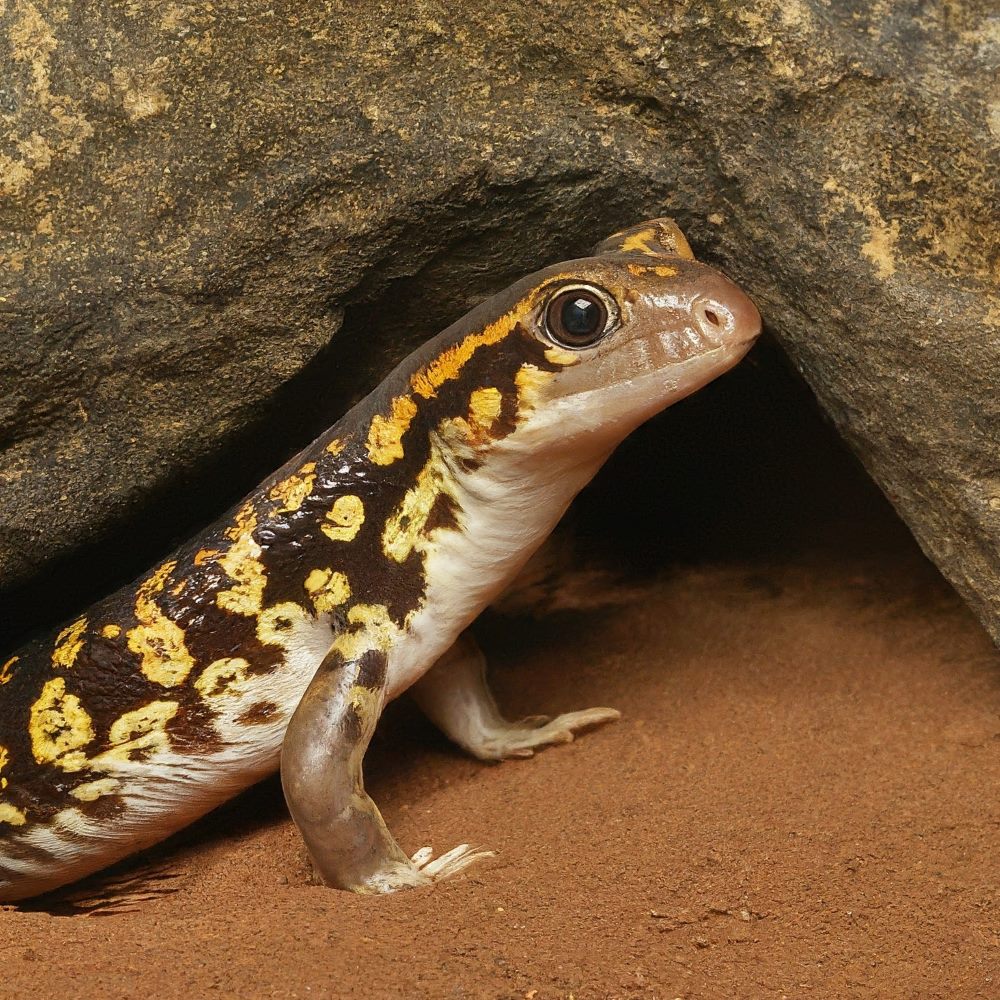
Tiliqua Rugosa
The Australian Blue-Tongued Skink, also known as the Tiliqua Rugosa, is a species of skink that is native to Australia. As its name suggests, this skink has a blue tongue, which it uses to deter predators.
Tiliqua rugosa, most commonly known as the shingleback skink or bobtail lizard, is a short-tailed, slow-moving species of blue-tongued skink with stumpy tail shaped a lot like its head. Unlike most skinks, it can’t shed its tail.
The body of the Tiliqua Rugosa is covered in scales, and it has a short tail. However, what sets this skink apart from other skinks is that it does not have any legs. Instead, it uses its long body and tail to move around.
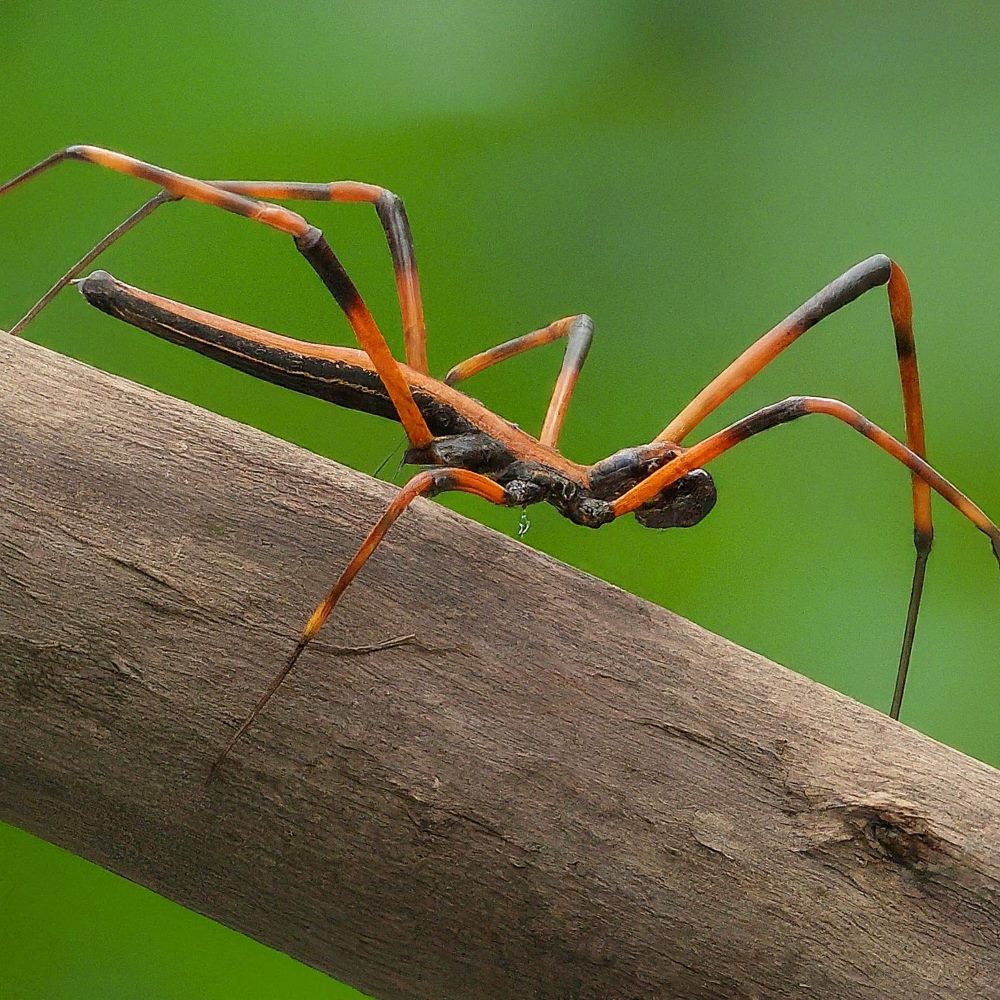
Amblypygi
There are many animals without tails, and the Amblypygi is one of them. This creature is a spider-like arachnid that can be found in tropical climates.
They are mostly nocturnal and their diet consists of insects and small vertebrates. Although they may look dangerous, they are not aggressive and will only bite if provoked.
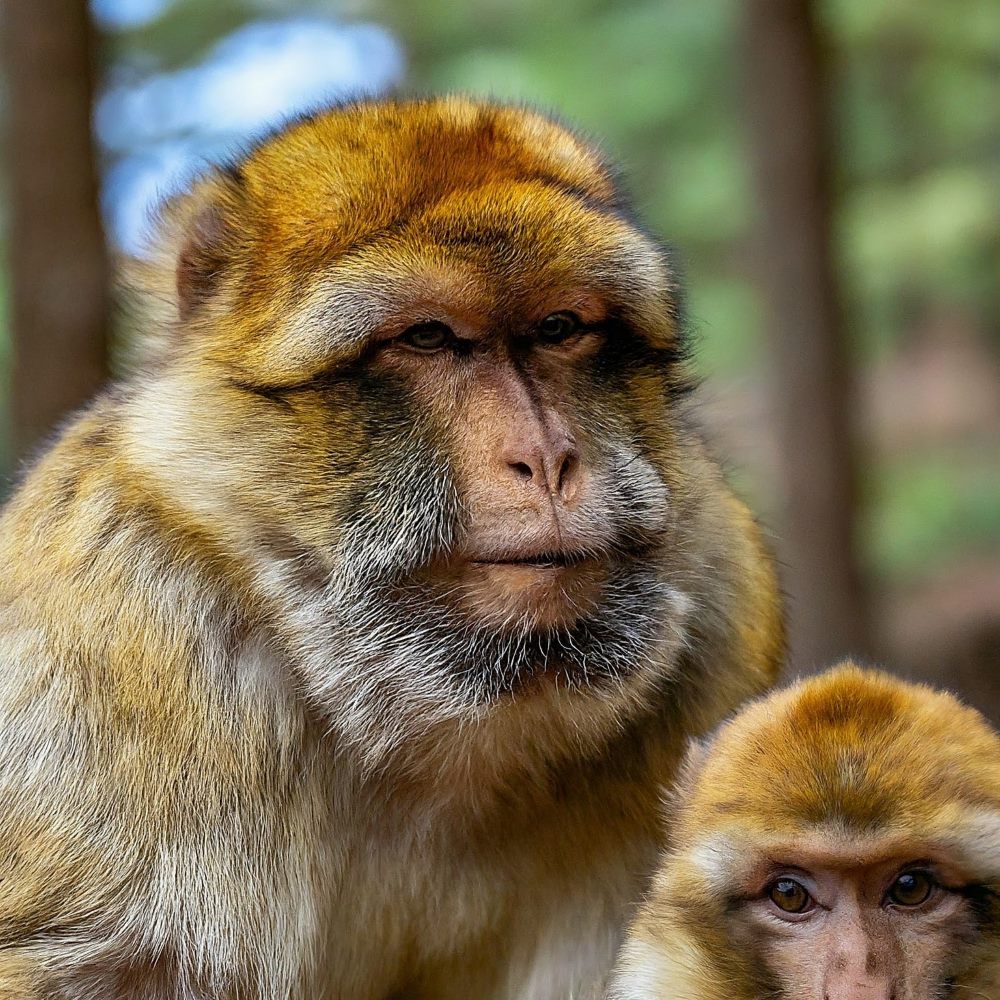
Barbary Macaques
There are many animals without tails, but the Barbary macaque is one of the most interesting. This species of monkey is found in North Africa and is one of the few primates that lack a tail.
Barbary macaques are also unusual in that they are capable of swimming and have been known to dive for food.
These intelligent and social animals live in troops of up to 30 individuals and can be very aggressive towards outsiders. Although they are not considered endangered, their numbers are declining due to habitat loss and hunting.

Australian Stumpy Tail Cattle Dog
The Stumpy-Tailed Heeler, also known as the Australian Stumpy Tail Cattle Dog, is a medium-sized dog breed that was developed in Australia.
The breed is a cross between the Australian Cattle Dog and the Blue Heeler, and was originally bred to help farmers with herding cattle.
The Stumpy-Tailed Heeler is an intelligent and active breed that is loyal to its family. The breed does best in a home with a large yard or acreage for them to run and play.
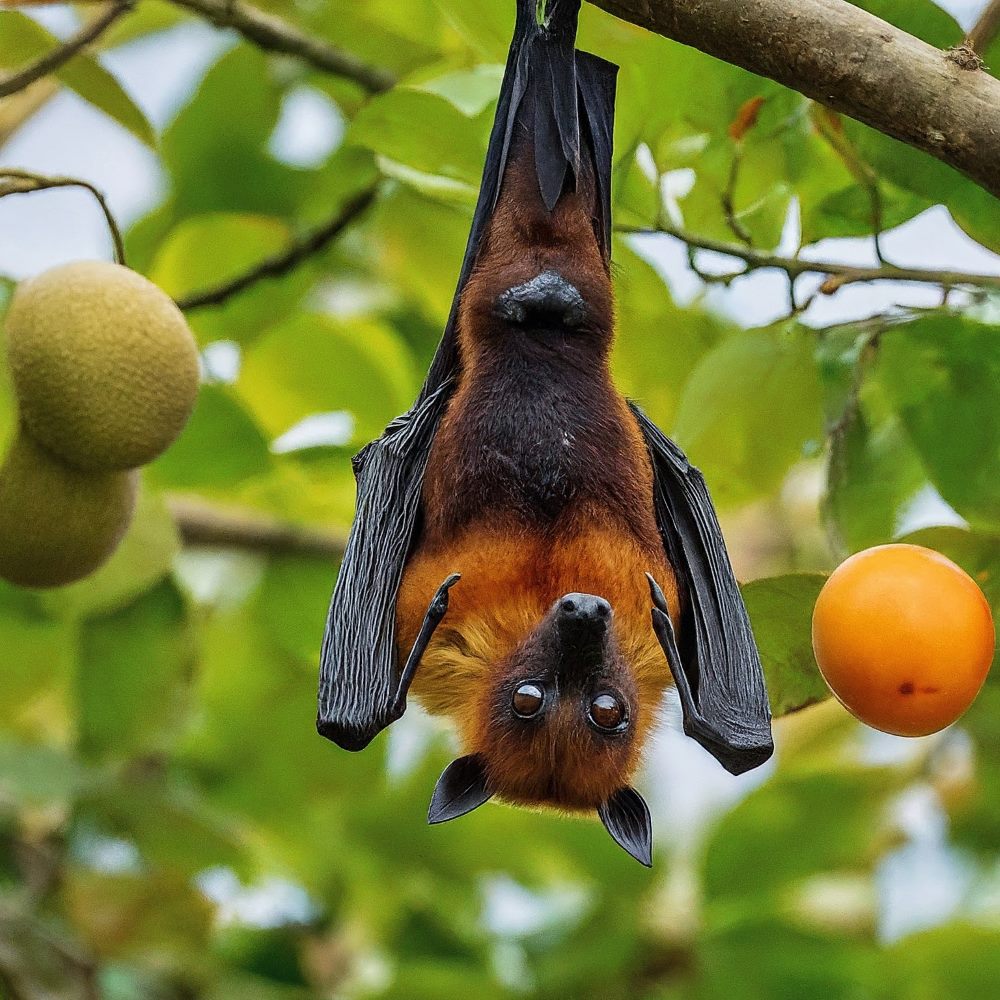
Fruit Bat (Flying Fox)
Flying fox doesn’t have tails beacuse they have wings instead. They use their wings to glide through the air and navigate around obstacles. Flying foxes are fruit eaters, they feed on a variety of fruits, flowers and leaves. They roost in large colonies and communicate with each other via high pitched screeching noises.
Fruit bats, also known as flying foxes, are a type of bat that is native to tropical and subtropical regions of the world. These fascinating creatures get their name from their long, fox-like snouts. Fruit bats are the largest species of bat, with some individuals having a wingspan of up to six feet!
Fruit bats are important pollinators for many plants, including bananas, mangoes, and durians. Without fruit bats, these and other fruits would not be able to grow. These animals play an essential role in maintaining healthy ecosystems.
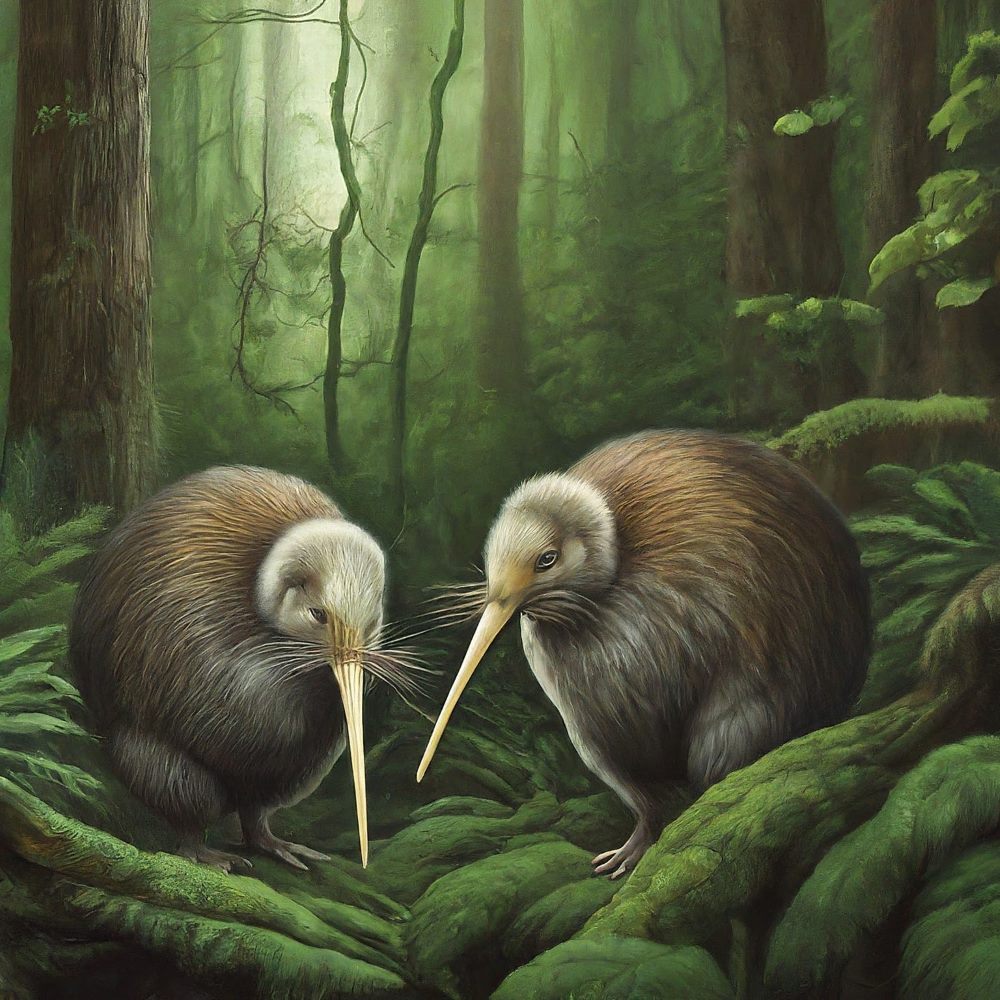
Kiwi Birds
There are many animals without tails, but kiwi birds are perhaps the most unique. These odd little creatures are native to New Zealand and stand out for their lack of a tail, as well as their small size and fuzzy feathers.
Kiwi birds are nocturnal, so they are rarely seen by humans. They spend their days roosting in trees or burrows, and come out at night to forage for food. Their diet consists mainly of insects, which they hunt using their keen sense of smell.
Because they have no tail, kiwi birds cannot balance themselves very well. As a result, they often fall over when walking or running. However, they are excellent swimmers and can even fly short distances!
If you ever have the chance to see a kiwi bird in person, you definitely won’t forget it!
Some More Animal Species Having No Tails
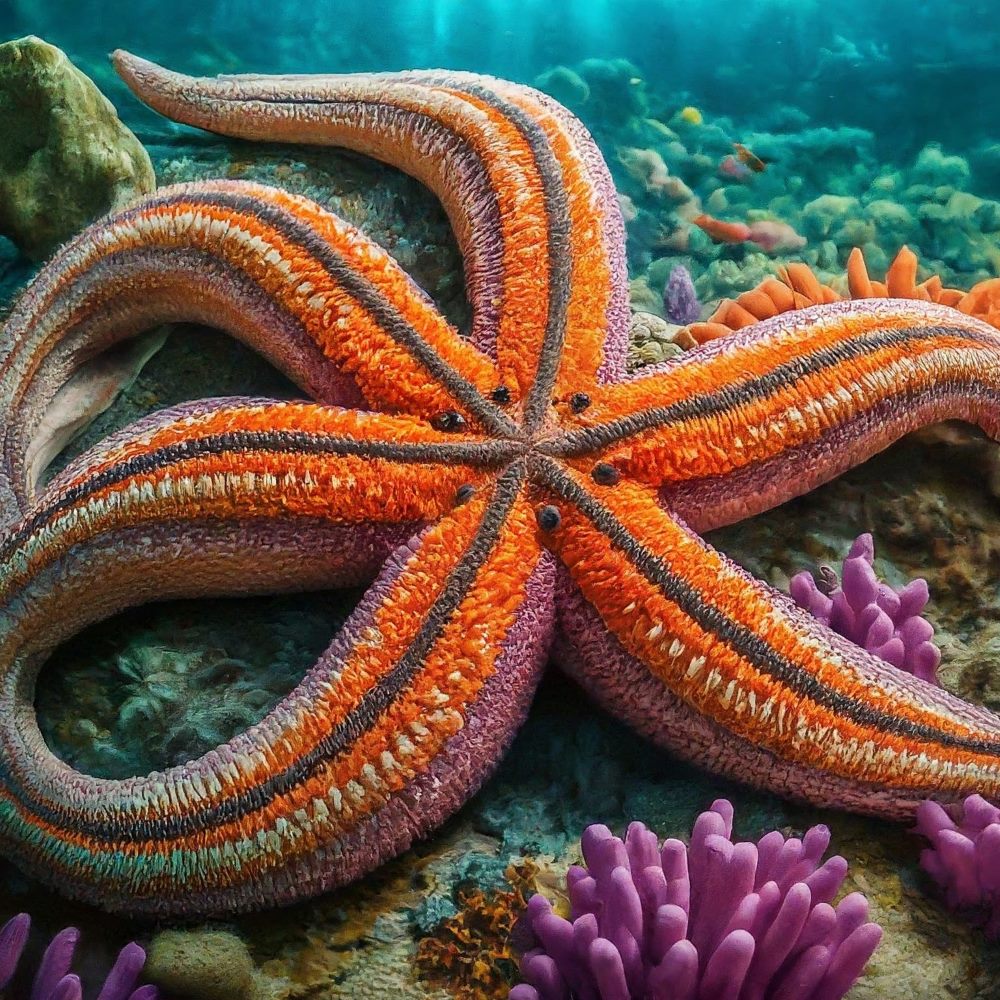
Starfish
Starfish are one of the most popular animals without tails. They are often seen in movies and TV shows, and are a favorite among children. Starfish are found in all the oceans of the world, and come in a variety of colors and sizes. The largest starfish can be over two feet across, while the smallest are less than an inch. Starfish have no brains, but they do have eyes on the tips of their arms.
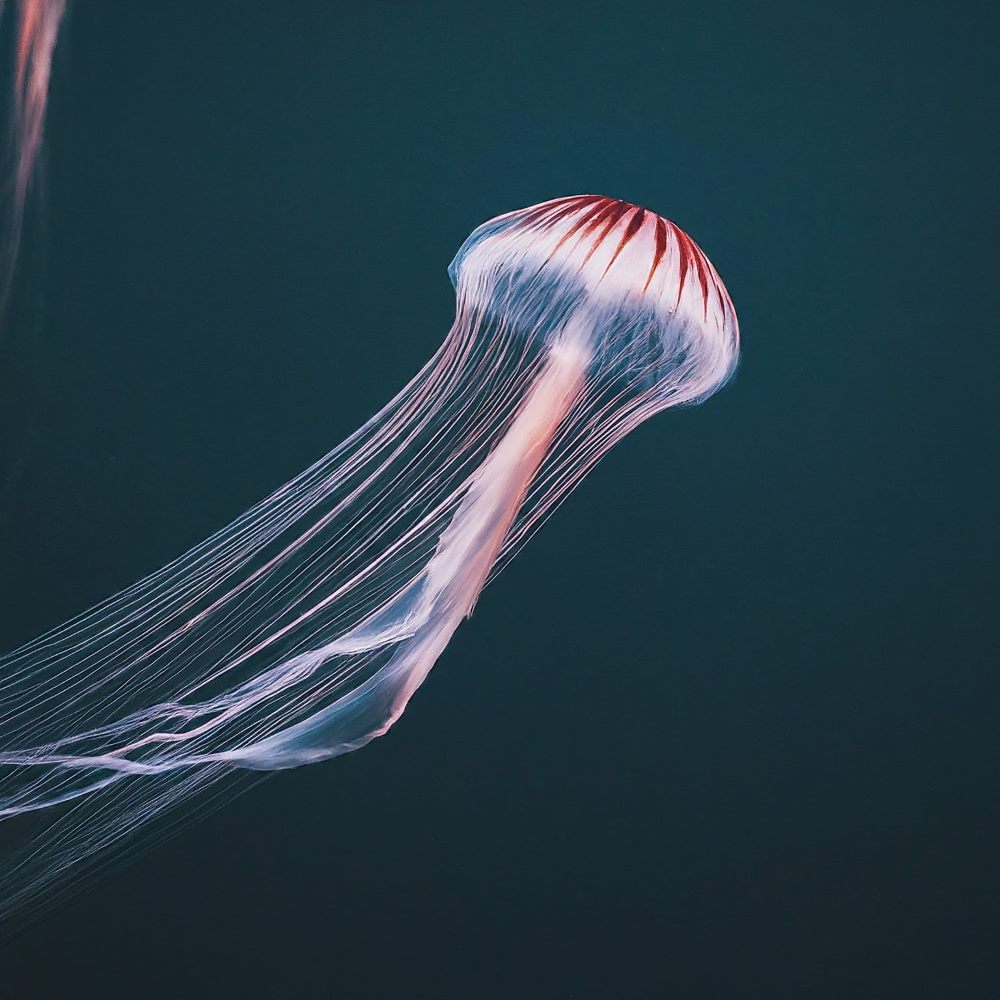
Jellyfish
Jellyfish are one of the most curious creatures in the animal kingdom. These strange, gelatinous animals have no tails, no bones, no brains, and no heart. Jellyfish are also some of the oldest animals on Earth, with fossil records dating back to over 500 million years ago.
Despite their ancient origins, jellyfish are still thriving today. In fact, there are over 2,000 different species of jellyfish living in oceans all over the world. And these creatures come in a wide variety of shapes and sizes. The smallest jellyfish is just a few millimeters long, while the largest can grow to be over 6 feet wide!
So why are jellyfish so successful? One reason is that they are very good at adapting to changes in their environment. For example, when ocean temperatures rise, jellyfish populations often increase because their predators (like fish and turtles) cannot survive in the warmer waters.
Jellyfish are also expert survivors because they can reproduce both sexually and asexually. This means that even if conditions aren’t ideal for reproduction, a jellyfish can still produce offspring that will be able to thrive in its environment.

Sea Urchins
Sea urchins with no tails are called “irregulars” and they are harmless, although they may look intimidating due to their spines. These creatures are found in all oceans, and come in many colors, shapes and sizes.
They can be scavengers or herbivores, depending on the species. Sea urchins play an important role in the ocean’s ecosystem; they help keep coral reefs healthy by eating away at algae that could otherwise smother them and prevent new coral from growing.
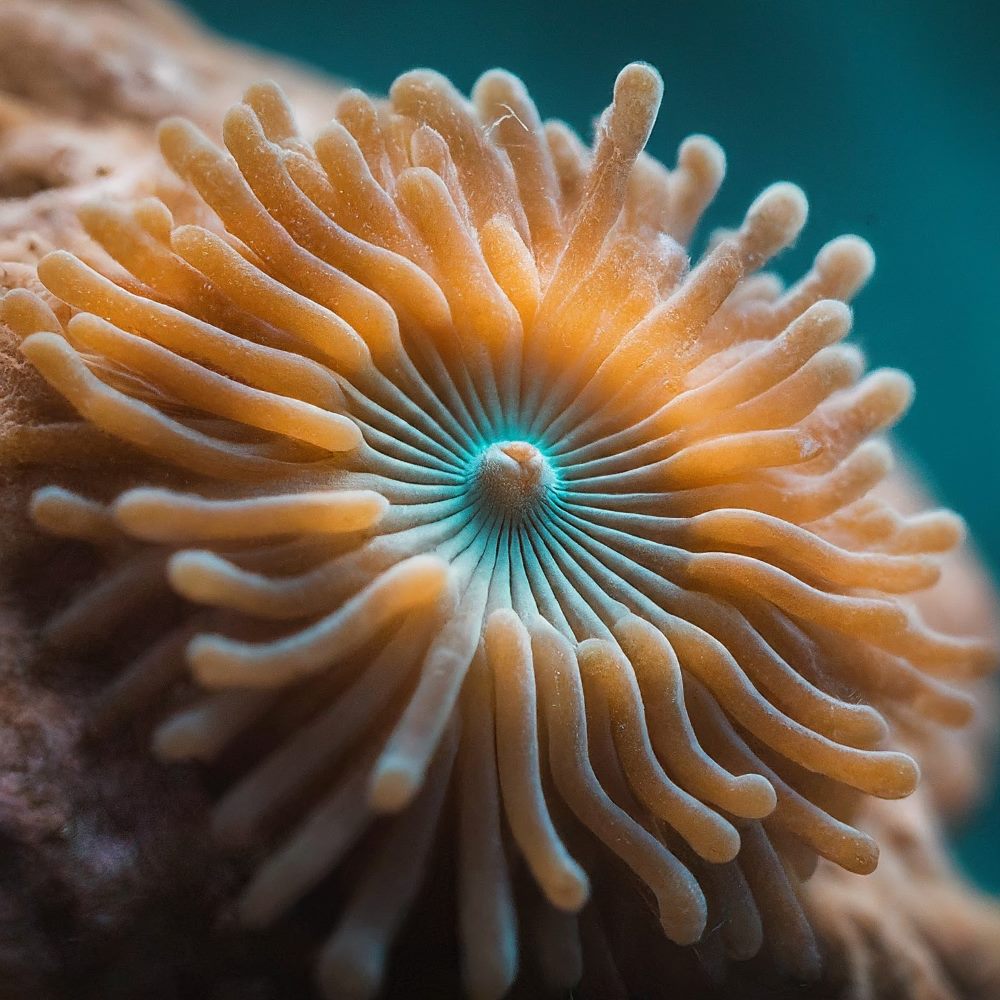
Corals
Some of the most beautiful animals in the world are those that live in coral reefs. Coral reefs are home to a wide variety of marine life, including many species of fish, shellfish, and other invertebrates.
Corals are animals that belong to the phylum Cnidaria. They are related to jellyfish and anemones, and like them, they have stinging cells that they use for defense and to capture prey. Most corals live in warm, shallow waters near the coast.
Corals are very important to the environment because they provide homes for many other animals. They also help to protect coastlines from erosion and provide food and shelter for fish.
There are two main types of coral: hard coral and soft coral. Hard coral is made up of calcium carbonate skeletons that the animals build around themselves. Soft coral does not have a hard skeleton; instead, it is made up of flexible tissue that contains lots of tiny stinging cells.
Most corals are found in tropical or subtropical waters, but some species can be found in temperate waters as well.
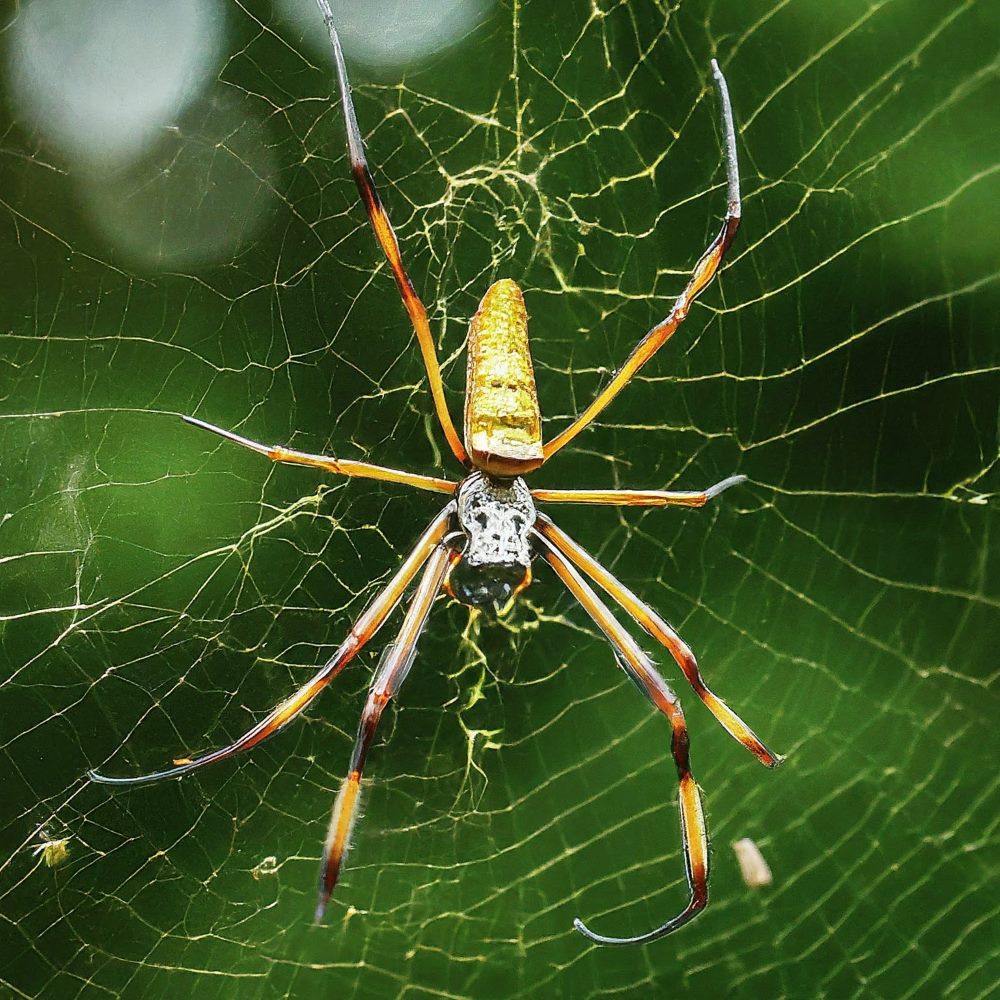
Spiders
There are over 40,000 species of spiders in the world and they can be found on every continent except for Antarctica. Spiders are not insects but arachnids and have eight legs instead of six.
Most spiders are harmless to humans but there are a few species that can be dangerous such as the black widow and the brown recluse.
Although certain spider cousins, the vinegaroons, do have an anal flagellum, no live spiders have a tail. The body length of the four newly discovered individuals, omitting the approximately 3-millimeter-long tail, is all of roughly 2.5 millimetres.
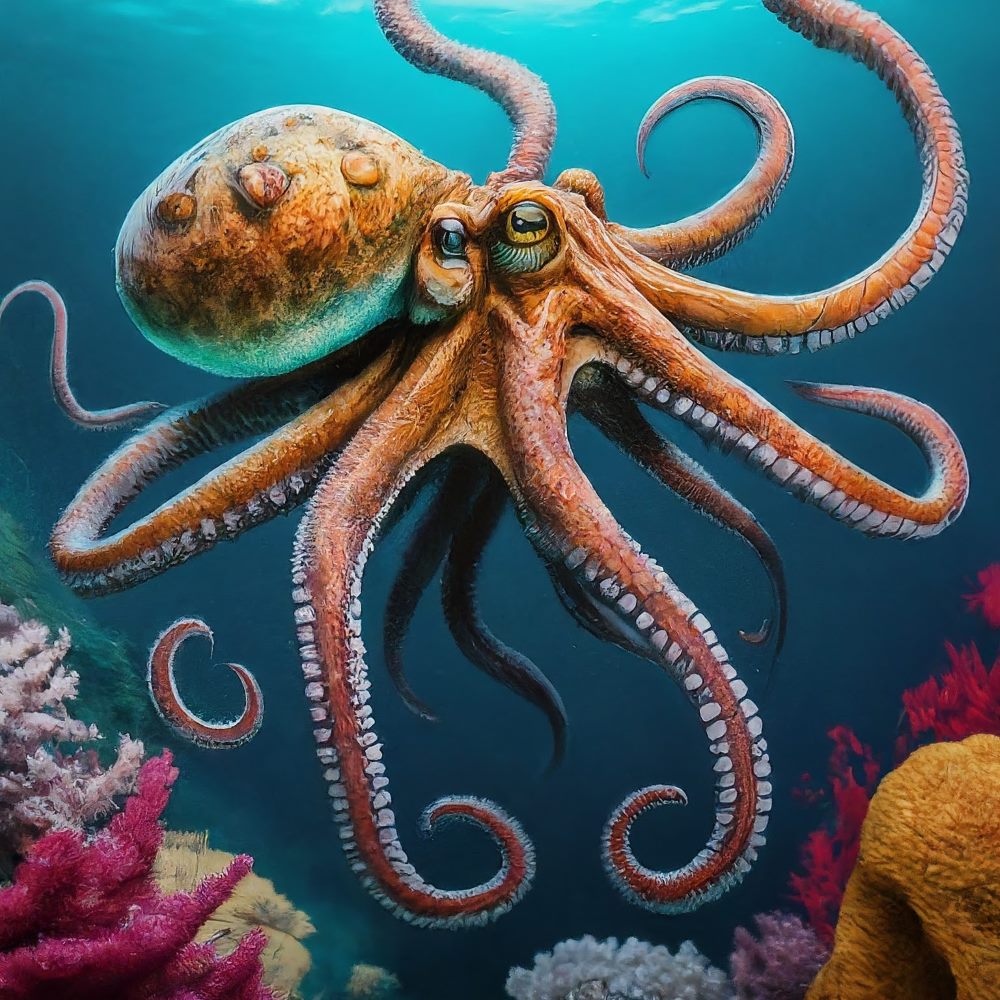
Octopus
Octopuses are soft-bodied creatures without tails that have eight limbs. Octopuses do not possess tails. As they can move and balance themselves using their limbs, they lack tails and don’t require them.
One of the most unique animals without a tail is the octopus. This ocean creature is often considered to be intelligent, and studies have shown that they are capable of learning and solving problems.
They have a strange appearance, with their eight arms and bulbous head, but they are fascinating creatures. Octopuses are also good swimmers and can jet through the water using their siphon.
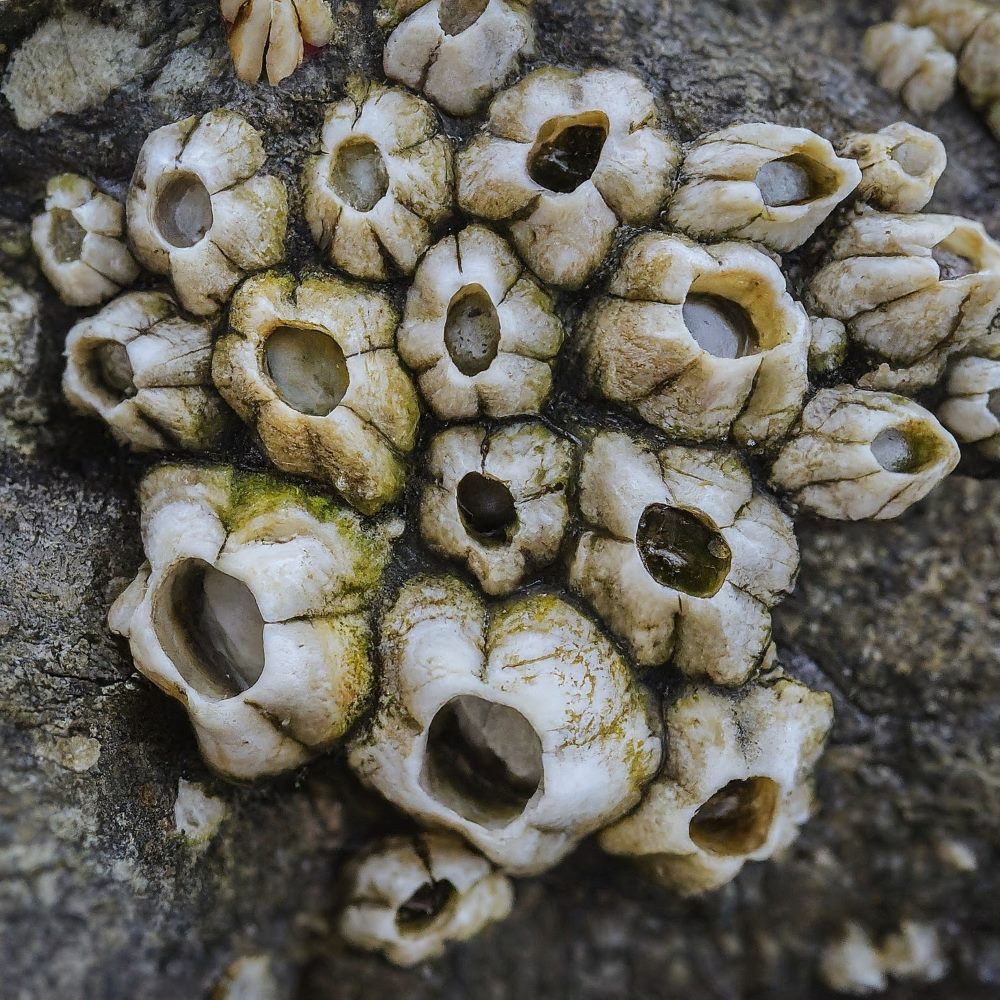
Barnacles
Barnacles are a type of arthropod closely related to crabs and lobsters. Unlike most other arthropods, barnacles have a hard shell that covers their entire body and no tails.
Barnacles are filter feeders, meaning they strain small food particles out of the water using their feather-like legs. Most barnacles live in marine environments, attached to rocks, ships, or other hard surfaces.
How Do Animals Use Their Tails?
Most animals use their tails for balance, but they also serve other important functions. Here are some of the ways animals use their tails:
1. To help them balance. When an animal is running or climbing, its tail helps to keep it balanced.
2. To communicate. Animals use their tails to send signals to other animals. For example, a dog wags its tail when it’s happy, and a cat swishes its tail when it’s angry.
3. To protect themselves. Some animals have tails that they can use as weapons, like the scorpion, which has a poisonous sting at the end of its tail. Other animals use their tails to swat away predators or insects.
4. To attract mates. Many animals have colourful or distinctive tails that they use to attract mates during breeding season.
5. To help them fly or swim. For example, a bird’s tail helps it to steer when it’s in the air, and a fish’s tail helps it to move through the water quickly and efficiently.
6. To keep warm. Animals such as cats and rabbits curl their tails around themselves to help keep them warm in cold weather.
Facts About Tails and Their Importance
Tails are not just for show; they serve an important purpose for many animals. Tails help animals balance, communicate, and keep cool.Animals use their tails for different things. For example, some primates use their tails as a “hand” to help them climb trees.
Squirrels use their tails to help them balance when they are running and jumping from branch to branch. Other animals use their tails to swat away insects or ward off predators. Some animals even use their tails to communication with others of their kind. For example, male lions often shake their manes and tail as a way of announcing their presence and showing dominance over other males.
While tails can be helpful, they can also be a liability. Tails can be easily grabbed by predators, which is why many animals have adapted to life without them. Some species of lizards and snakes can detach their tails when they are grabbed, sacrificing the tail to escape but still surviving themselves. Other tailless animals include certain types of birds, some rodents, and most apes.
Conclusion
This list of twenty animals without tails provides a unique look into the varied nature of our planet’s wildlife. From birds to mammals, there is quite a wide array of creatures that lack this appendage. Some are born this way while others have had it amputated due to injury or illness. Regardless, each species has adapted in its own way and all provide us with an interesting glimpse into the animal kingdom!

94% of pet owners say their animal pal makes them smile more than once a day. In 2007, I realized that I was made for saving Animals. My father is a Vet, and I think every pet deserves one. I started this blog, “InPetCare”, in 2019 with my father to enlighten a wider audience.
